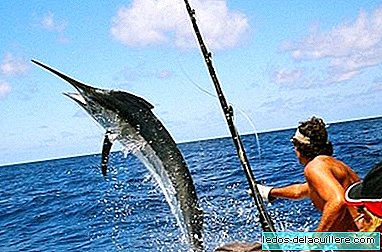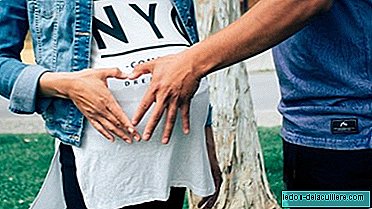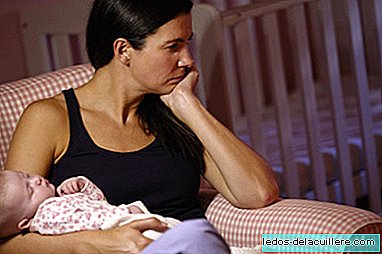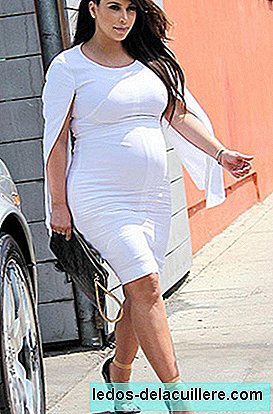
The Spanish Agency for Food Safety and Nutrition (Aesan) has issued a clear recommendation for sensitive groups avoid consuming fish species contaminated by mercury.
Caution is advised for pregnant or pregnant women, breastfeeding women and young children (between 1 and 30 months). For this population group it is recommended to consume a wide variety of fish, avoiding consuming the most contaminated species with mercury whose consumption should be limited.
We talk about fish like sharks, swordfish (emperor), pike or bluefin tuna, common species in fishmongers and supermarkets, but that their long life as predators makes them heavy metal bioaccumulators.
We have already seen that the intake of mercury in pregnancy carries risks and should be avoided. Many children are born with excess mercury. And then, when they grow up, they should not accumulate this metal in their body.
The toxicity of mercury (Hg) depends on its chemical form, type and dose of exposure and age of the consumer. Its organic form (methyl-mercury) has a high toxicity, dissolves easily in fat and crosses the blood-brain barrier and the placenta, causing alterations in the neuronal development of the fetus and in young children.
What fish are limited during pregnancy, lactation and childhood?
The recommendations for the consumption of swordfish, shark, bluefin tuna (Thunnus thynnus: large species, normally consumed fresh or frozen and filleted) and pike are as follows:
- Women of childbearing age, pregnant or breastfeeding: avoid consumption.
- Children under three years: avoid consumption.
- Children between three and 12 years: limit to 50 gr / week or 100gr / 2 weeks. Do not consume any other fish in this category in the same week.
Based on European Union studies and recommendations, Aesan has established these consumption recommendations to reduce the exposure of consumers in these populations sensitive to the risk factor.
Remember that AESAN aims to promote food security as a fundamental aspect of public health and offering guarantees and objective information to consumers and economic agents. They also remind us that the limitations are referred to these specific species, because in general fish is, within healthy eating, an important part of the diet.
We write down these recommendations to limit the consumption of certain fish during pregnancy and childhood, and soon we will return with other nutritional advice that Aesan has recently established.












